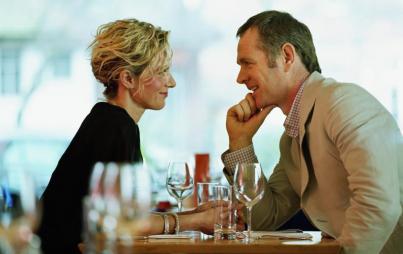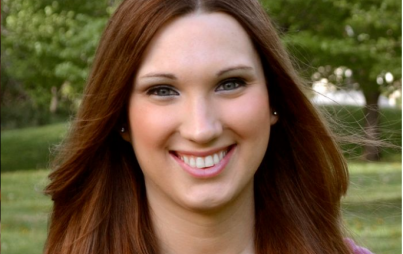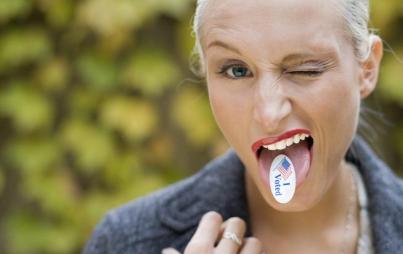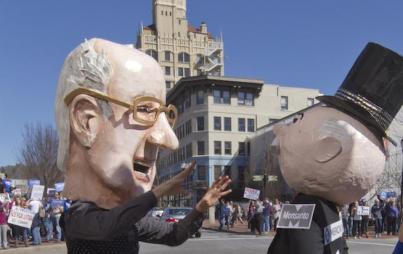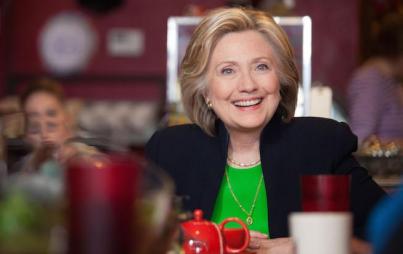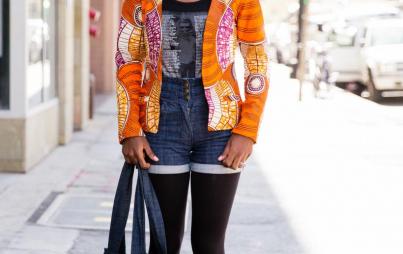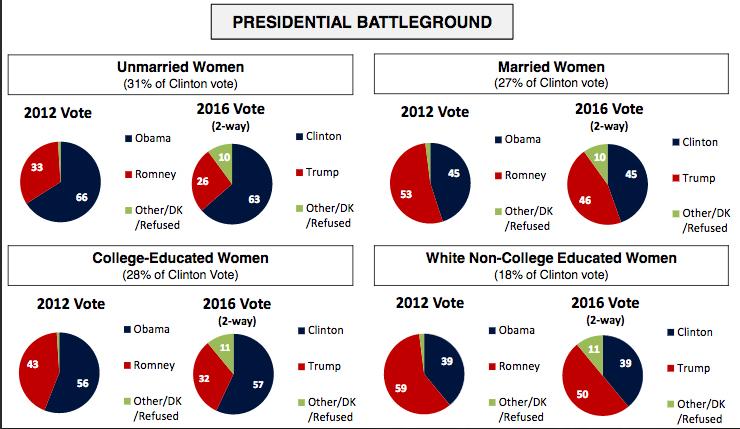
"On June 30, WVWVAF released a poll that took the pulse of 2,700 likely voters during the time period of June 11 to June 20. It revealed a significant “marriage gap” of +40 points." Image: author
The conventions are over. Both parties’ tickets are chosen. Pollsters will now be working furiously to parse the numbers on how the electorate is shaping up.
Specifically under the microscope will be women. 2012 exit polls confirmed that they were 53 percent of all voters.
Page. S. Gardner, Founder and President of Women’s Voices Women Vote Action Fund (WVWVAF), has been at the front of this conversation for over a decade. She was an early adopter of the philosophy that women were not a “monolithic” bloc. Beyond looking at at the gender gap (the difference between the men's and women's levels of support for a candidate), Gardner understood the need for a more nuanced examination.
Gardner posited that the best prism through which to analyze statistics was the difference in attitudes between married and unmarried women.
Unmarried women includes the singletons who have not tied the knot — and the swath of women who are separated, divorced, or widowed.
In 2003, Gardner began engaging unmarried women in the electoral process. She has since expanded her sights to encompass a wider group of those who are under-represented: The Rising American Electorate (RAE). This classification goes beyond the unmarried women sector to embrace people of color and millennials. The result is a 56.7 percent bloc of eligible voters who have predominately progressive values.
WVWVAF put together a road map for examining the women’s vote from a series of perspectives. One of the top deductions was that women are not enamored with Donald Trump. It found that 63 percent viewed him unfavorably, with the addendum that 58 percent viewed him very unfavorably.
For unmarried women, that number elevated to a 74 percent unfavorable.
36,717,656 unmarried women voted in the 2012 Presidential election. That comprised 28.9 percent of all votes. Conversely, in 2012, 31 percent were not registered to vote. Still, they comprise one of the most rapidly growing groups in the country.
On June 30, WVWVAF released a poll that took the pulse of 2,700 likely voters during the time period of June 11 to June 20. It revealed a significant “marriage gap” of +40 points. Clinton lost married women by only one point. Yet, her connection with white non-college-educated women was particularly low.
Economic issues are of top concern to unmarried women. Younger women expect pay equity to become a reality. Working mothers want traction on paid family and medical leaves and affordable child care. Baby Boomers need to be certain that Social Security and Medicare are protected.
Regardless of age, unmarried women want to see reproductive freedom of choice. Oh, and they don’t like misogyny.
Gardner summed up via e-mail:
Unmarried women have the power to decide the election. They could be more than a quarter of the electorate and will give Hillary Clinton and other progressive candidates some of their largest margins of support. But they must register and they must vote.
In election after election it has been clear: the marriage gap and not the gender gap is the key dynamic to watch.


